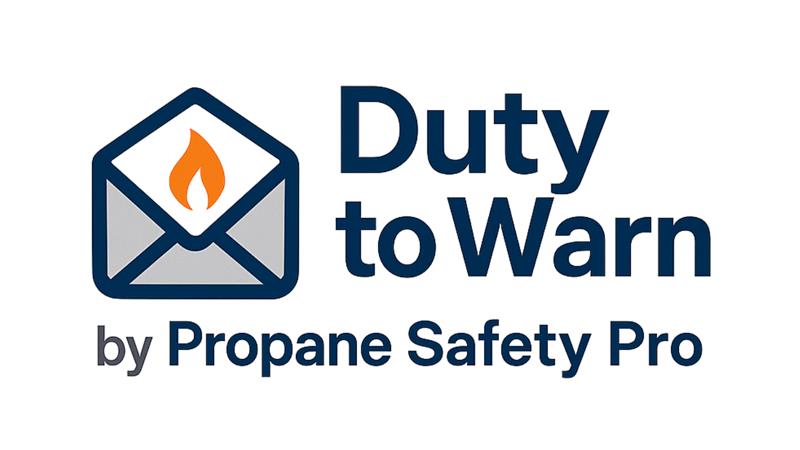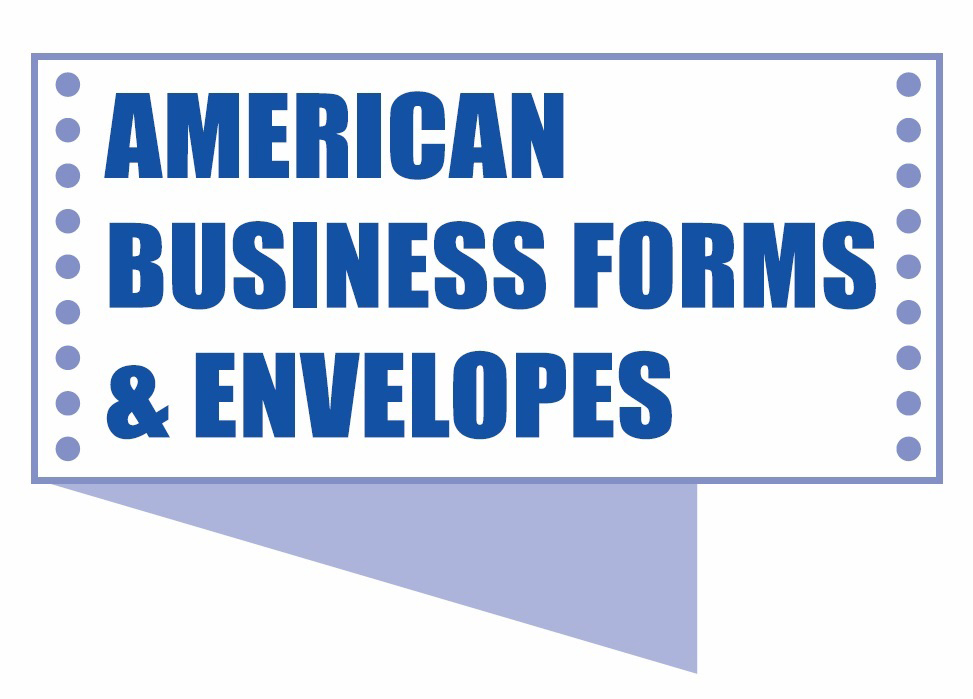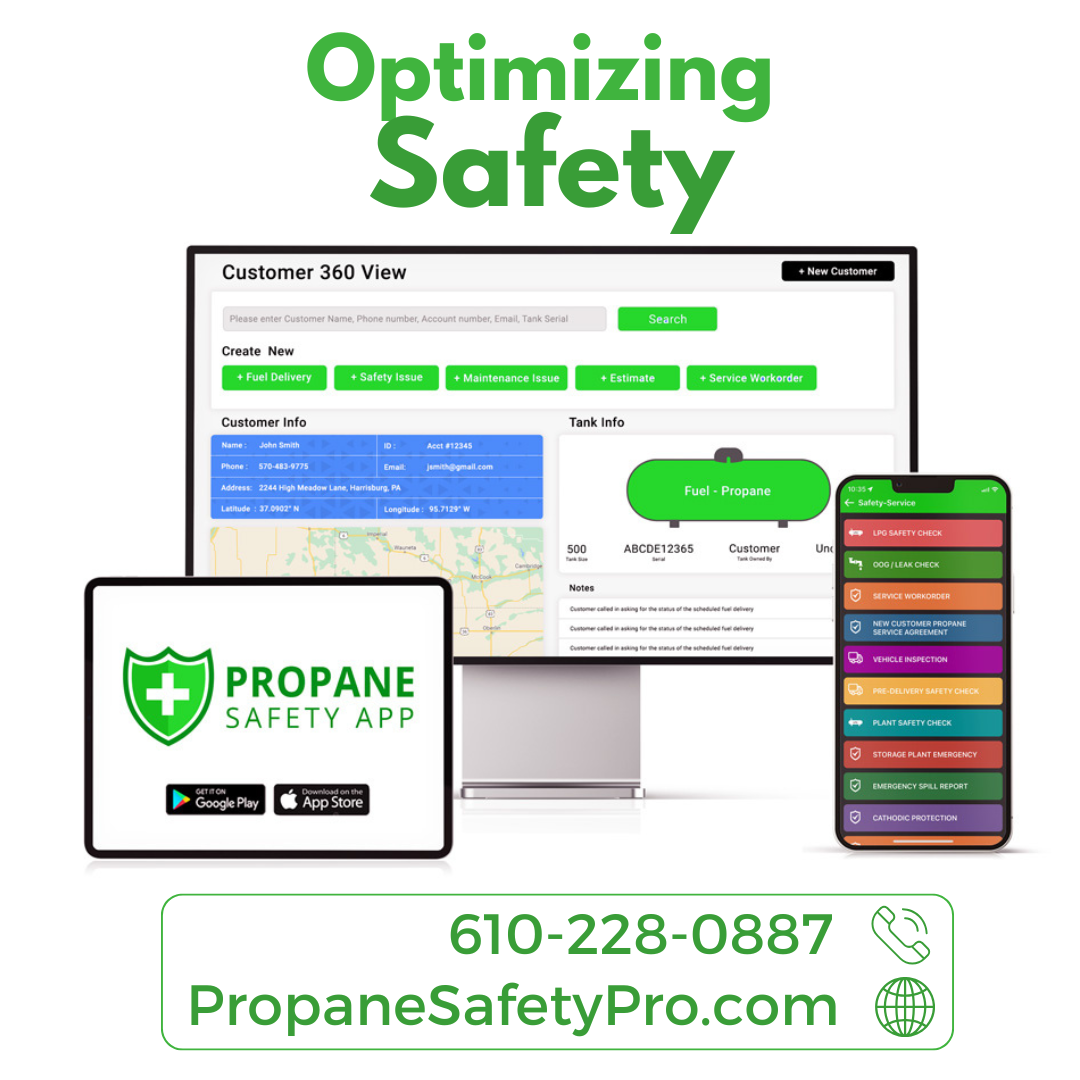Helping Seniors Feel Confident with Their Propane Tank

It’s easy to assume that checking a propane tank gauge is second nature, especially if you’ve been in the industry for years. But for some of your customers, especially seniors, this basic task can feel uncertain, unfamiliar, or even risky. Many older adults want to stay independent and manage their energy needs on their own, but they may not always be sure where to begin. That’s where your propane business has a real chance to step in and make a difference.
By taking time to teach seniors how to safely and clearly read their tank gauges, you’re not only giving them peace of mind, you’re also strengthening your relationship with them. This small educational step can help reduce emergency calls, improve service planning, and build trust that lasts.
Keeping Safety at the Center
When working with senior customers, safety should come first. That means not only explaining how to read the tank but also showing them how to approach it carefully. Many older adults deal with mobility or vision challenges, so walking through the safest way to access the tank, avoid tripping hazards, and protect themselves from sharp edges or cold weather makes a big difference. You can also point out when they should avoid checking the tank altogether, such as during icy conditions or when they smell gas.
If you haven’t already, consider offering printed guides with clear fonts, simple diagrams, and phone numbers for help. This makes it easier for seniors to review the instructions later and share them with caregivers or family members.
Making Steps Clear
Seniors often appreciate when information is broken down into easy steps. Explaining where the gauge is located, what the numbers mean, and when to call for a refill removes stress and confusion. It’s also helpful to explain what a healthy level looks like and what counts as too low.
Even better, offering a live demonstration—either in person or through a short video—can help the instructions stick. If your team has time during a delivery or service call, that face-to-face walk-through builds confidence and strengthens your relationship with the customer.
Adding a Backup Plan
Some seniors will be eager to learn how to check their tanks. Others may feel unsure even after learning. That’s why it helps to offer a backup solution. You might recommend setting reminders to check levels regularly, or encourage a neighbor or family member to help when needed. If your company offers remote tank monitoring, that’s another option worth introducing. Having a plan in place gives seniors added comfort and helps prevent last-minute refill requests.
Growing Trust and Referrals
When you make an effort to teach your older customers how to manage something as simple as a tank gauge, it shows that you care about more than just fuel – you care about them. Seniors tend to be loyal customers, and when they feel supported, they often stay with the same provider for years.
This kind of care also leads to referrals. Many seniors talk to one another about service experiences, and a good word goes a long way in tight-knit communities. Helping just one customer understand their tank can lead to new opportunities down the line.
Educating Pays Off
Teaching seniors how to check their tank gauges helps your business in several ways. It reduces emergency fill-up calls, improves delivery scheduling, and cuts down on runouts. It also boosts your image as a thoughtful, community-minded provider. At the same time, you’re helping seniors stay safe, independent, and informed.
In a world where many customers feel like just another account number, giving seniors personal attention makes your business stand out. It’s one of the simplest things you can do – and one of the most effective ways to earn trust, grow loyalty, and strengthen your place in the community.














